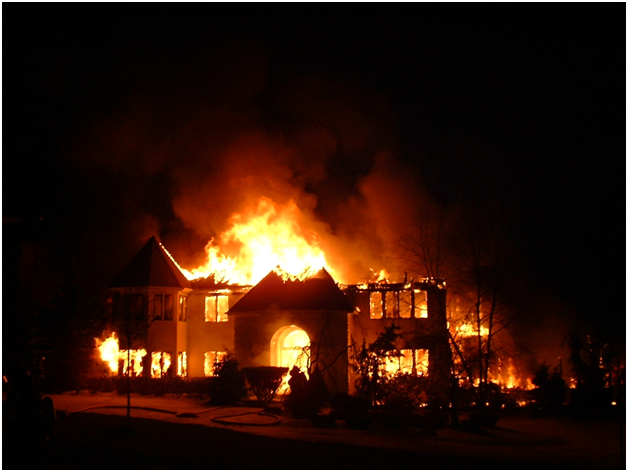A fire in a care home is a serious and potentially fatal incident, with staff having to evacuate large numbers of frail and elderly residents who may have mobility issues. This is obviously a huge logistical challenge.

120 fires were reported in care homes in the London area in 2016, which has prompted London Fire Brigade to review its advice on smoking in this type of premises. It is now advising that no smoking at all takes place; however, this presents a dilemma for care home operators, which are trying to strike a balance between safeguarding the residents’ rights and maintaining health and safety.
Smoking as a cause of care home fires
Care home fires have been caused by discarded cigarettes in the past; for example, Standon Care Home in Tamworth caught fire last April when a discarded cigarette in an outdoor smoking area ignited nearby plants. The fire spread to a roof awning and into the roof of the building itself, which shows just how easily a major fire can start.
The repercussions of such fires can be tragic; for example, two female care home residents died in a fire in a home in Cheshunt last year.
According to the Health and Safety Executive, care homes are unique workplaces. They serve a dual purpose as both a workplace and someone’s home; therefore, they need to balance health and safety with maintaining freedom and dignity for residents.

Fire safety is so important
A fire risk assessment in Gloucester will provide a clear picture of the fire safety procedures that a care home should provide, including policies on smoking and fitting sprinklers. These assessments are carried out by experts such as http://keloscape.co.uk/fire-risk-assessment/.
Current legislation exempts care homes from smoke-free legislation, as it is considered an individual resident’s right to continue to smoke; after all, the care home is their home. Many care homes provide designated indoor smoking rooms; in others, bedrooms are designated for use by those residents wishing to smoke.
Regulators require the residents’ needs to be put first, which may include the need to smoke. As you can imagine, it would be hard to tell a 90-year-old who has smoked all his or her life that they can no longer do so.